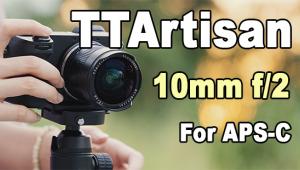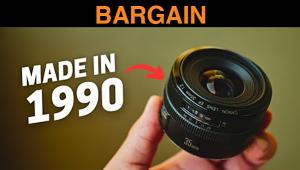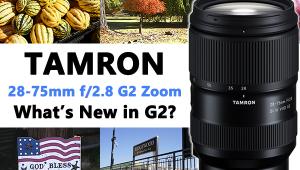REVIEW: Fujinon XF30mm f/2.8 Macro/Normal May be the Perfect Every Day Carry Lens
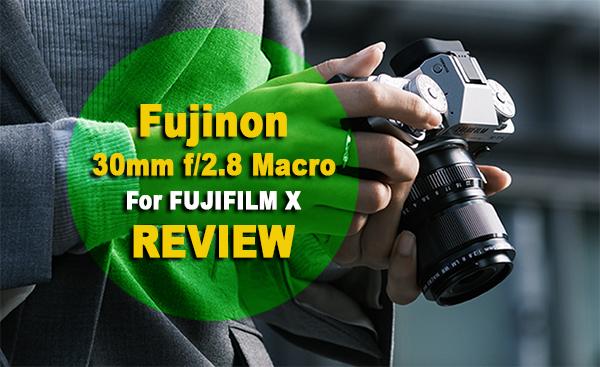
The Fujinon XF30mm f/2.8 R LM WR Macro from Fujifilm is very compact, very sharp and focuses to 1:1, true life-size, without any accessories. But how does it measure up as a "normal lens" suitable for EDC? Let's take a close-up look.
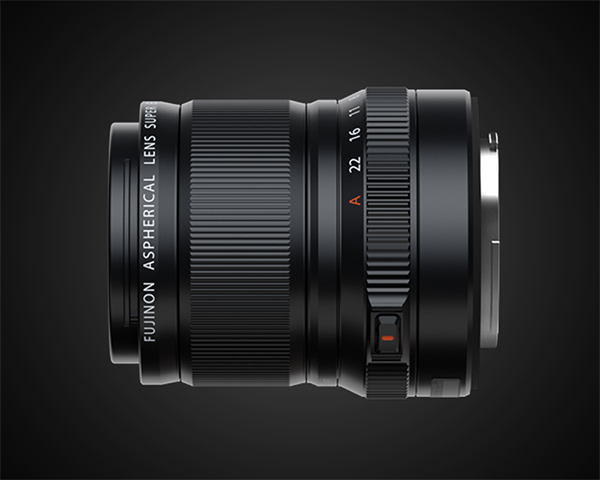
Overview
Macro lenses continue to intrigue me, partly because they're often the sharpest lens in any manufacturer's lineup—or at least are imagined to be so. But the main reason is they give us a close-up view of objects around us and thereby open a window to capture details in images that unaided eyes can't even see.
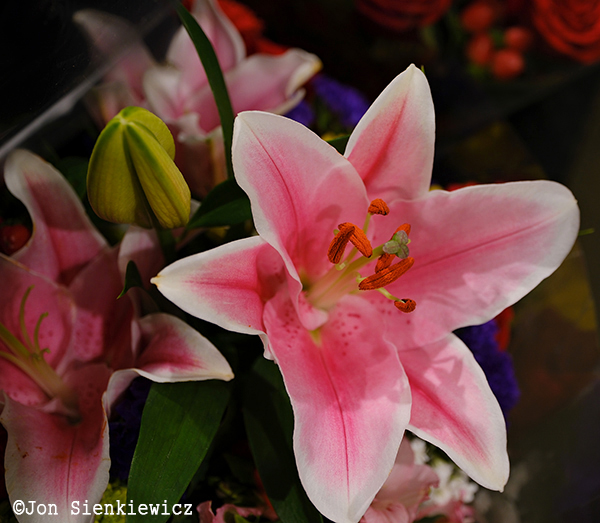
Macro's are multifunctional because their equivalent focal lengths, with very few exceptions, fall into one of two categories: normal (40mm to 60mm) or portrait (80mm to 105mm). The Fujifilm 30mm f/2.8 Macro is considered a normal lens because in full-frame terms, its focal length equates to 46mm.
Scroll to the bottom of this story for a deep-dive into the characteristics that determine what makes a lens "normal." For information on what makes people normal, you have to look elsewhere—I wouldn't recognize it if it bit me.

First Impressions
Fujifilm's Fujinon XF30mm f/2.8 R LM WR Macro is impressively small, just 2.7 inches (69.5mm) long. It weighs only 6.87 ounces (195g) and balances nicely on a Fujifilm X-T, X-E or X-Pro series camera body. For this review we used a Fujifilm X-T5.
The little lens feels good in the hand and looks attractive when attached to a camera. It has an aperture ring, of course, a perquisite for serious macro work where small f/stops are the order of the day. And it ships with a lens hood, also a necessity for macro.
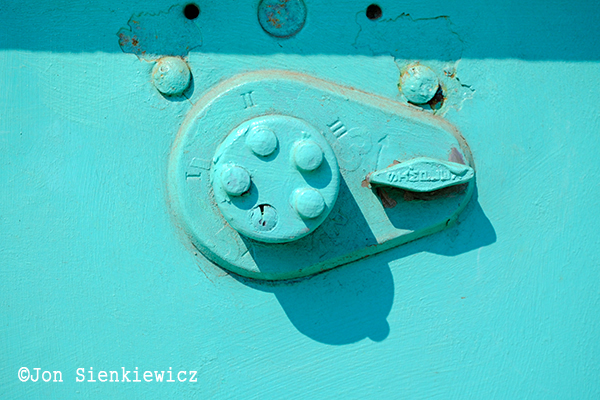
Unlike my Fujinon XF60mm f/2.4 R Macro lens that has an equivalent focal length of 91mm, the 30mm f/2.8 cannot double as an ideal portrait lens, but that suited me fine because I'd been seeking an EDC optic more in the normal-lens range for personal use. It was clear from the beginning that the Fujinon 30mm f/2.8 was heir apparent to the 60mm f/2.4 I purchased a few years back.

First few shots were astounding. Thanks in part to the excellent on-board image stabilization provided by the Fujifilm X-T5, I was able to make successful close-up shots handheld despite my normal clumsiness.
Specifications & Features
Key features to call out from the chart below include 9-blade rounded diaphragm for first-class bokeh and the ability to achieve true macro (i.e., 1:1 magnification ratio) where the image captured on the sensor is the same size as in real life. Additionally, the minimum focusing distance is 3.94 inches (10cm) making it easy to photograph your expensive dinner without rising from your chair and attracting attention. Influencers who want attention can still stand up, of course, so there are no losers here. Sort of.
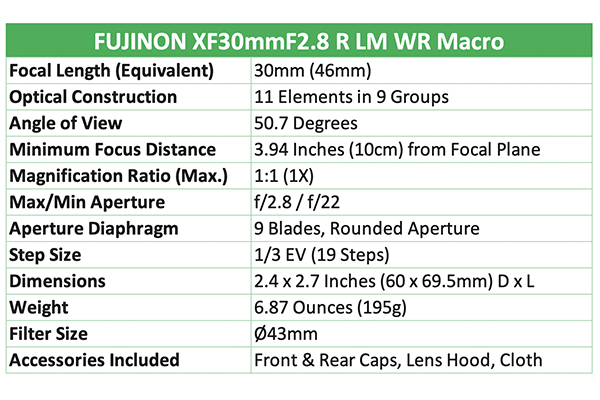
Watch the Fujifilm-produced exploratory video here. Browse sample images on Fujifilm's website here.
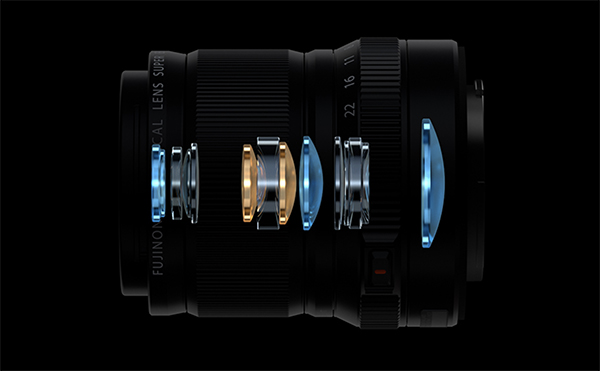
Construction
The focusing mechanism is internal, which means the length of the lens does not change during focusing. That's a big plus on a macro lens where the potential to nudge the subject with the front element is always hanging over your head like the sword of Damocles. Internal focusing is faster, too, because there are fewer moving parts and they travel shorter distances.
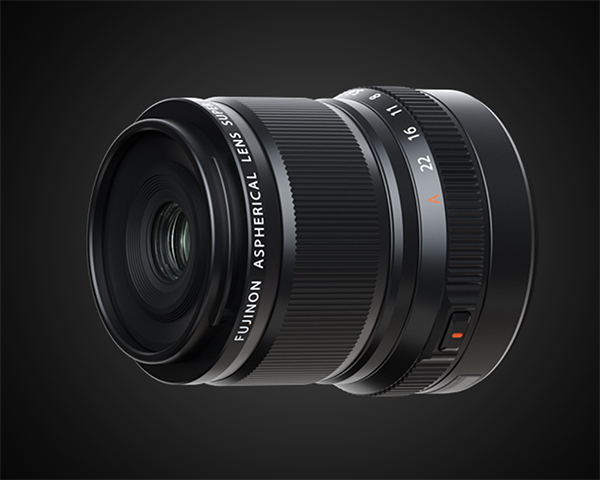
Exterior components appear to all be metal. Fit and Finish both get A+ marks. Like all other Fujinon/Fujifilm lenses I have encountered, the workmanship is exemplary. The focusing ring turns smoothly, and the aperture ring clicks cleanly at each detent and snaps firmly in the A-position for Program mode operation.
The Fujinon 30mm f/2.8 macro offers Weather Protection but the IP Rating is not stated. Instead, Fujifilm's website reads: "Dustproof and splashproof lenses with WR in their names can be used in light rain or in dusty environments by attaching them to a dustproof and splashproof camera." Further, the FAQ section warns against continued use of WR lenses in wet conditions for long periods of time. This is not a criticism on my part, although that explanation is vague. Our advice is and always has been to avoid water like frogs avoid largemouth bass, even if the product has a splashproof or water-resistant designation.
The AF system utilizes a high-precision linear motor and is fast and extraordinarily quiet—of major importance to video shooters. Combined with the stellar AF performance of the Fujifilm X-T5, the combination was quick and accurate.
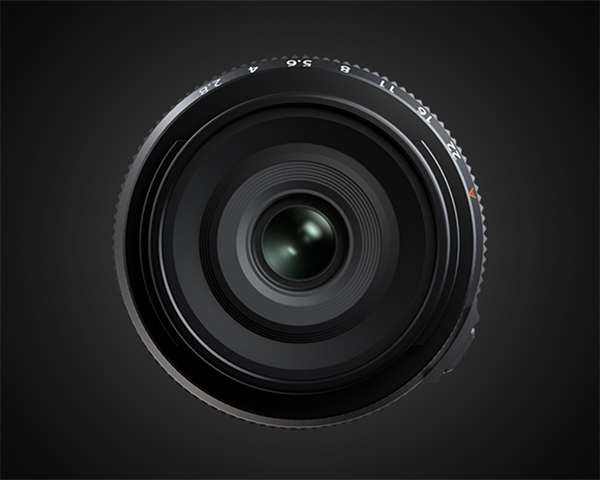
Optical Construction
The optical formula of the Fujinon 30mm f/2.8 comprises 11 elements in 9 groups. It includes 3 aspherical and 2 ED (Extra-low Dispersion) glass elements.
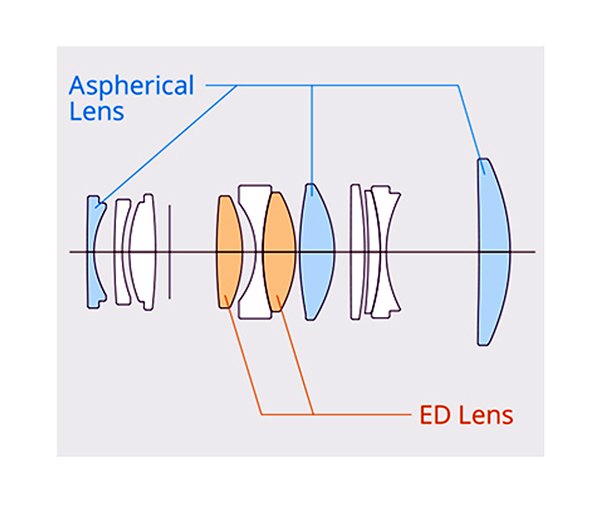
Performance Summary
It was not surprising when the Fujinon XF30mm f/2.8 R LM WR Macro delivered clear, sharp images, based on past experience with other Fujifilm lenses. Crisp resolution extended from edge-to-edge and corner-to-corner.
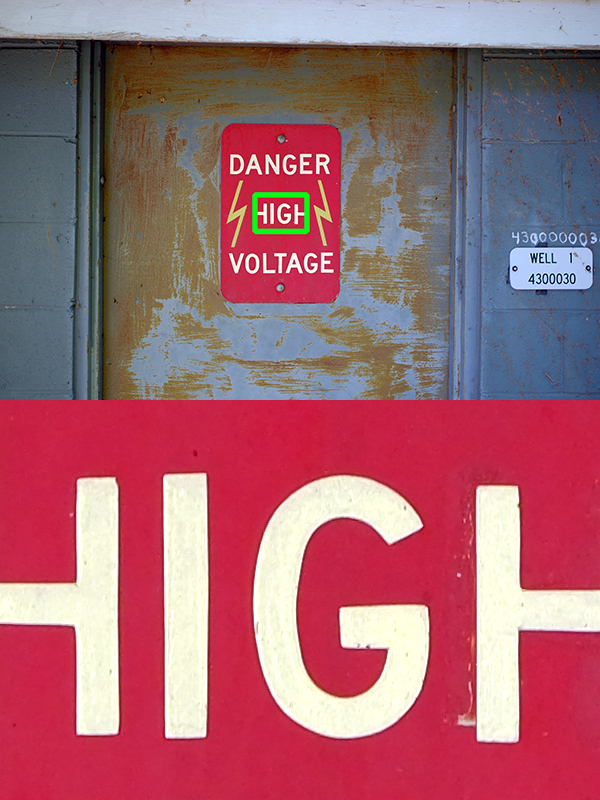
No obvious optical distortion or aberrations were visible and the elevated color fidelity was very satisfying. Images were rendered with rich saturation and brilliance. The bokeh was very good, clearly aided by the round, 9-blade diaphragm opening and despite the modest focal length and f/2.8 aperture.
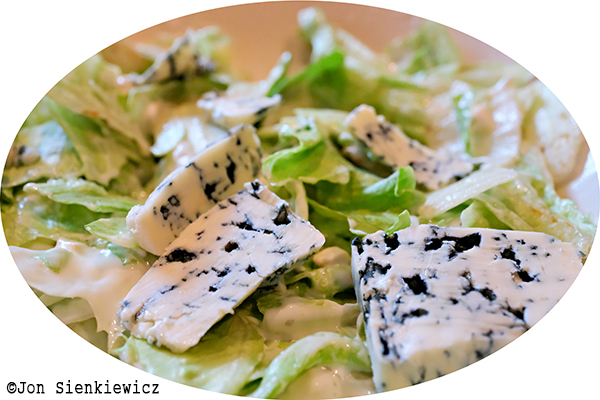
Conclusion
To be sure, it's not as versatile as a zoom for travel, sports or street shooting, nor is it designed to be. But it's a perfect lens for dozens of other applications, including spontaneous snaps and of course close-ups. If you are a food-shooter, look no further for your next lens.
The lens is fun to use as a macro, and equally important (at least to me), its performance as a "normal/standard" or EDC-category lens validated my preconceptions. The Fujinon 30mm f/2.8 is a lens you'll put on your camera and seldom remove. At the very least, it's an optic you want to have nearby in a gadget bag (or second camera body) on every photo trek.
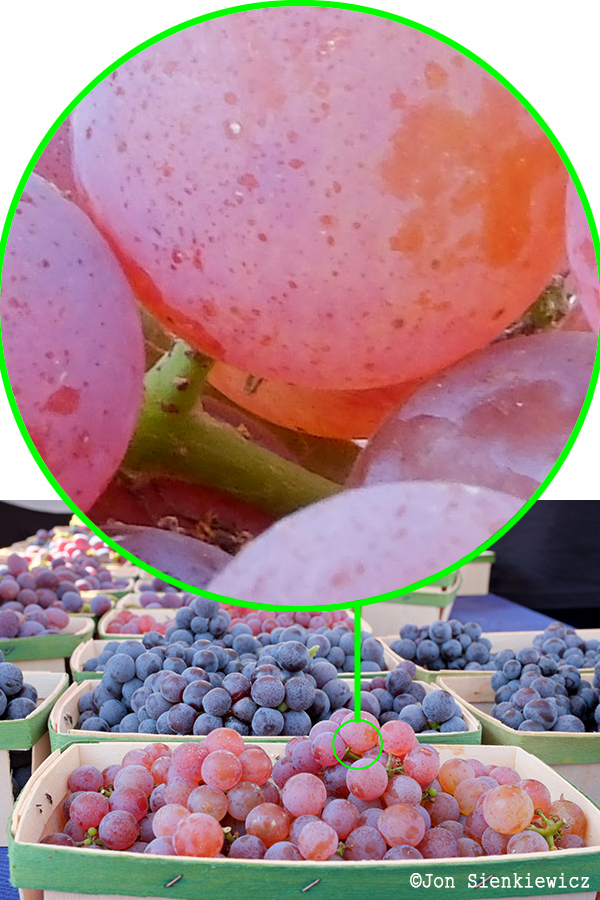
Price & Availability
The Fujinon XF30mm f/2.8 R LM WR Macro is available now. Typical street price is $599. You could order it from an online reseller, but please consider your local photo shop first, if you're fortunate enough to have one.
Exactly What Is A Normal Lens?
Not referring to an individual’s behavior (which could be under scrutiny in its own right) the so-called "normal" or "standard" focal length for a particular camera, by definition, is the focal length approximately equal to the diagonal of its sensor or film-frame size. This combination allegedly produces images that have about the same perspective as human vision.
Calculating the geometry, 35mm film is 24mm × 36mm and has a diagonal of 43.2mm. The square of the hypotenuse of a right triangle is equal to the sum of the squares of the two adjacent sides, as discovered by Pythagoras. Most early standard lenses for 35mm film cameras were 50mm, just a hair under two inches. If you dig this geeky math stuff, read this: What’s a "Normal" Lens? And Why Is My 18mm Lens "Equivalent" to a 28mm? which I penned about seven years ago.
The equivalent focal length of Fujifilm's 30mm f/2.8 macro is 46mm as per their published specifications. That's much closer to the computed 43.2mm focal length than, say, the so-called normal/standard 50mm lenses that sold by the literal millions during the Golden Age of film SLR cameras.

If You Enjoyed This Article
Click here to choose from more than 500 reviews, how-to articles, quizzes, attempts at humor and other alleged insight into the world of photography written by yours truly. Please forward the link to this story to a friend.
Become a Member of the Shutterbug Community
Register for a free account. Sign up for our newsletter. Spend five minutes (or less) uploading your best shots once every week or so. Potentially become a Shutterbug Photo of the Day winner. Enjoy viewing the fantastic work being done by thousands of photographers all over the world—and add your images to the enduring collection.
—Jon Sienkiewicz
- Log in or register to post comments
